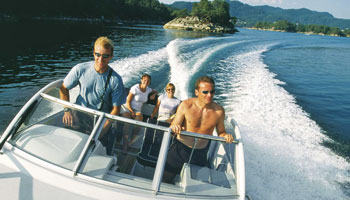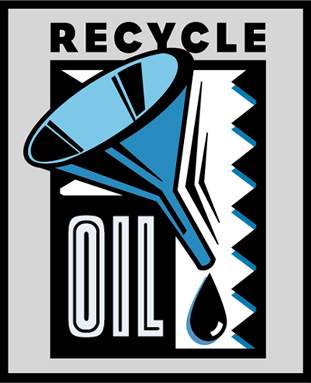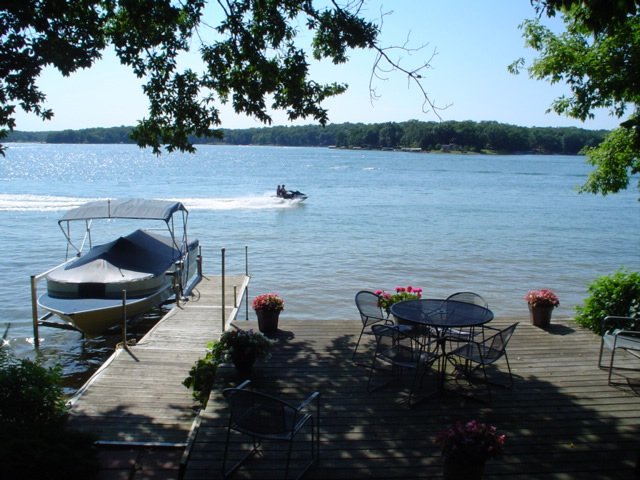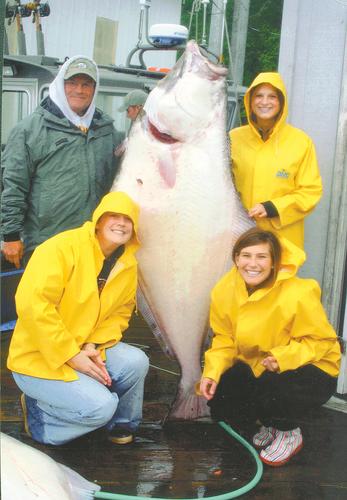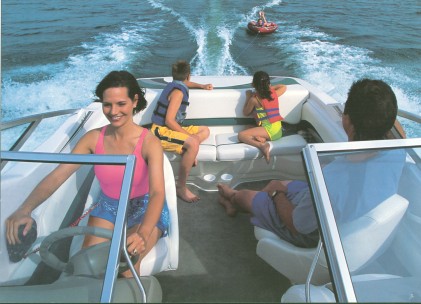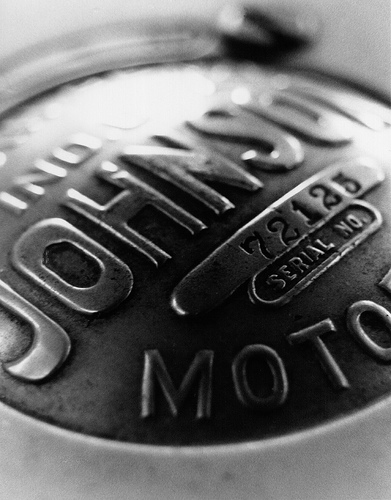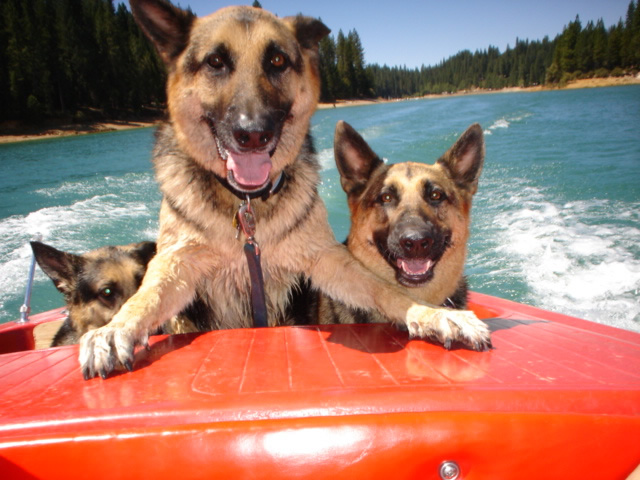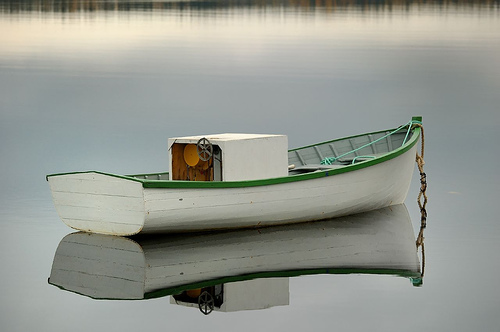Interpreting Evinrude Outboard Serial Numbers
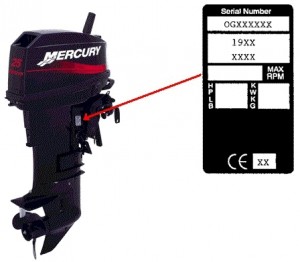 Have you ever wondered what the serial numbers on your outboard engine represent? Let’s start with the first digit. Most likely you see an E or a J. These stand for Evinrude and Johnson, respectively. If you see a different letter, it may mean that your engine was not built for the American market.
Have you ever wondered what the serial numbers on your outboard engine represent? Let’s start with the first digit. Most likely you see an E or a J. These stand for Evinrude and Johnson, respectively. If you see a different letter, it may mean that your engine was not built for the American market.
The next group of digits will be a series of two or three numbers; these indicate horsepower. Two or three letters will come next and identify the motor’s trim. Next comes a single letter either L, Y, X or Z, each of which corresponds to a driveshaft length. Finally you’ll see two letters indicating the year a model was built. There may be one more letter, but this only has significance to the manufacturer and not the consumer. Pair this with the knowledge you learned yesterday about Evinrude XD50 oil and you’ll know far more than a lot of recreational boaters.



